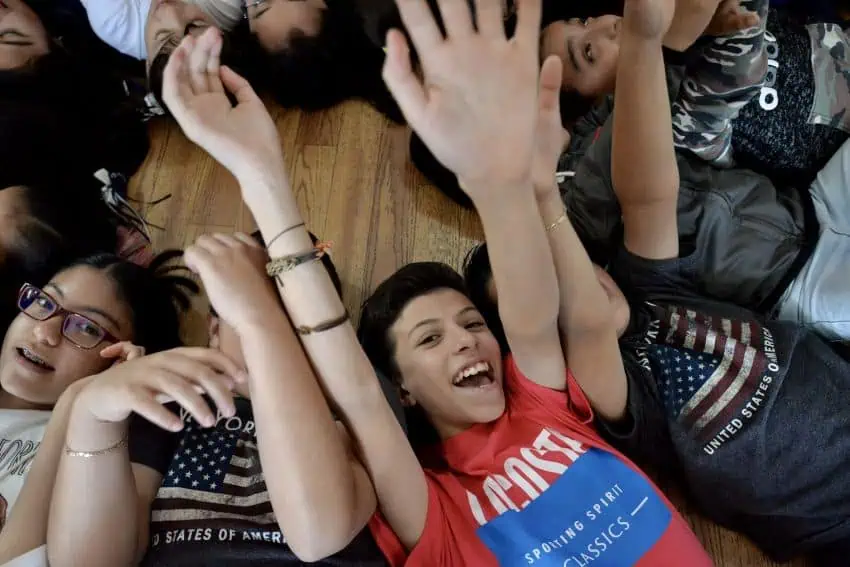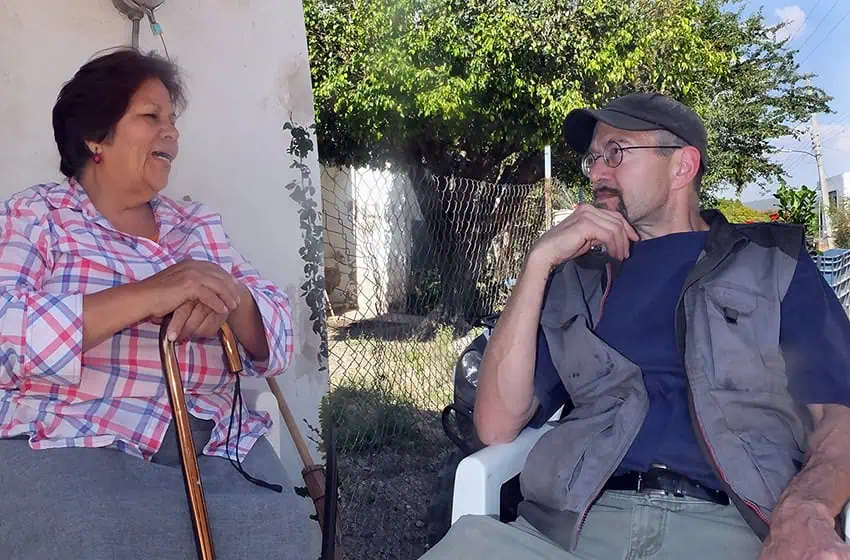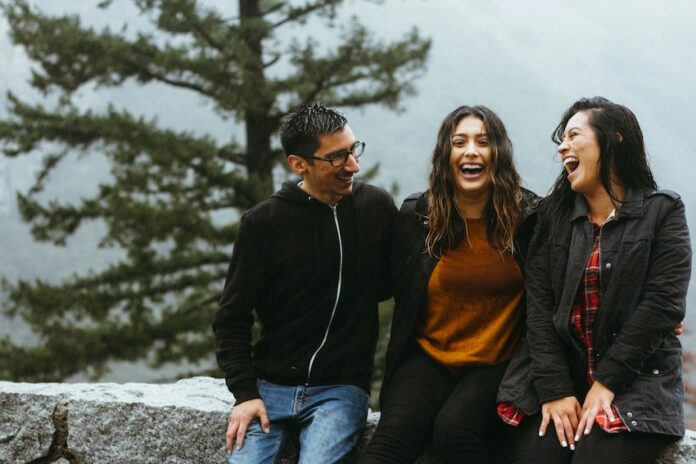I have a Mexican friend whom I met in a Pilates class in Guanajuato about eight years ago. Ever since the beginning of Covid, she and her husband have lived in Mexico City to be near their daughter, so I only see her occasionally.
Since I miss her, I decided to write an article to find out how others do it. I had no idea I’d come away so inspired. If you have hesitated, It’s easier than you may think to make Mexican friends! Here are some of the ways that the gringos whom I interviewed overcame perceived barriers.
They didn’t let limited Spanish stop them

You don’t have to be fluent or even speak advanced Spanish to make friends. Of course it helps, but it doesn’t have to be an obstacle. Most of the responders described themselves as intermediate level, and two even said they were beginners.
For example, Marvin, a Canadian who lives in Guanajuato, has Chronic Fatigue Syndrome. Although he has studied the language, he speaks “basically no Spanish. Because of my CFS, I haven’t been able to physically and mentally practice Spanish while working at my online tutoring job.” Instead, he works on overcoming the language barrier with his Mexican neighbor, by relying on the voice-activated translator on his cell phone.
Kate, an artist, speaks at an intermediate level. “In my language studies, I focus on vocabulary related to art and music, so that I can converse somewhat intelligently,” she says, “The language gap is challenging, but I’m working hard to close that.”
Adam, a dancer who visits Guanajuato twice a year, says, “When my vocabulary falls short, I make up the word from my English and Latin knowledge, and that often works. I also use my hands in many situations. If all else fails, I just smile or laugh; it’s one of the best ways to communicate.”
So don’t let limited Spanish stop you; on the other hand, keep plugging away on it. As Joshua, a musician in Guanajuato, says, “The cool thing about people here is that if they see you making an effort they really appreciate it.”
They ignore age and other barriers that frequently separate people

Everyone I queried reported making friends with Mexicans of all ages. Mary Anne, who has lived in Queretaro for five years, has made several acquaintances through a course she takes on the history of the city. “Several of my current classmates are 15 to 20 years older than I,” she says. And a close friend who is married to an American is 12 years younger than she is.
Guanajuato resident Dave meets Mexicans at a neighborhood cantina, where the age range is from 20’s to 80’s. The clientele, who are mostly men but a few women, include miners, engineers, lawyers, university professors, business owners, artists, and even a guy who washes cars in a parking lot nearby.
From that group, he made a good friend who is half his age. They get together regularly for a drink or a meal, and last November, they visited Arizona, where Dave still lives part of the year. Dave took him to the Grand Canyon, Sedona and other famous areas, as well as introduced him to his friends.” He speaks no English, Dave says, “so as his translator, it was good for my Spanish.”
They take courses and workshops

Beth, who lives in Marfil, a suburb of Guanajuato, takes a yoga class where at the beginning of each session, participants go around greeting each other one by one. They do the same thing at the end. “It makes us all approachable,” she says.
Adam meets people in salsa classes. Both the teachers and fellow students became friends quickly. “Dancing is a very social activity,” he says, “and the level or type of dancing is immaterial.”
Jenny made a close friend when she was studying at a Spanish school, which also offered English classes to Mexicans.
For many, their love of the arts is a bridge

A songwriter and guitar player, Joshua found friends in Guanajuato’s music world. “We have a band, so we gig and rehearse. My bandmates, in addition to being stellar musicians, are all great guys and I love having them as my friends.” His musician friends have, in turn, introduced him to other people.
Guanajuato residents Peter and Faith became friends with their US/Mexican neighbors, who, in turn, introduced them to many creatives. A film director, Peter produced a fashion show and film featuring a number of local designers. “Many of our friends were either cast or crew on the feature film,” says Faith. We’ve participated in making and distributing our friends’ films. Everyone shares equipment. We show up to their events — exhibitions, fundraisers, screenings, their girlfriend’s dance recital, their family’s funerals.”.
“The arts,” she says, is a social class [in itself], aside from the usual lower, middle and upper classes.”
They made friends with people they had hired

Unlike in the U.S., where the saying goes “You can’t mix pleasure and business,” here gringos do just that, and it works just fine. Respondents said they made friends with their Spanish teachers, hairdressers, massage therapists, realtors, and property managers.
They just start chatting

Mexicans are so friendly that several people reported they found it easy to start a conversation while waiting in line or sitting on a bus. At an outdoor restaurant, Adam asked a mom who was playing with her toddler if he could take a photo of them. They started talking, shared contact information and over time he and his wife became friends not only with her but with her parents.
Final advice
“Give genuine compliments whenever possible, speak Spanish regardless of your level of competency, throw out class/education/age distinctions, and above all smile a lot,” says Adam.
“Don’t get caught up in the gringo trap,” says Dave. “I’ve worked at assimilating into the culture, and now my friends tell me I’m mexicano.“ He adds, “Laugh at your mistakes. Mexicans have a great sense of humor and love to tease each other.”
Several respondents feel as close to their Mexican friends as to English-language ones. Adam says, “My wife and I find our Mexican friends to often be less judgmental, curious, very honest, and loyal. We haven’t noticed any hidden agendas with any of them.”
Above all, as Kate says, “Be brave.” It’s worth it!
Louisa Rogers and her husband Barry Evans divide their lives between Guanajuato and Eureka, on California’s North Coast. Louisa writes articles and essays about expat life, Mexico, travel, physical and psychological health, retirement and spirituality. Her recent articles are on her website, https://authory.com/LouisaRogers
